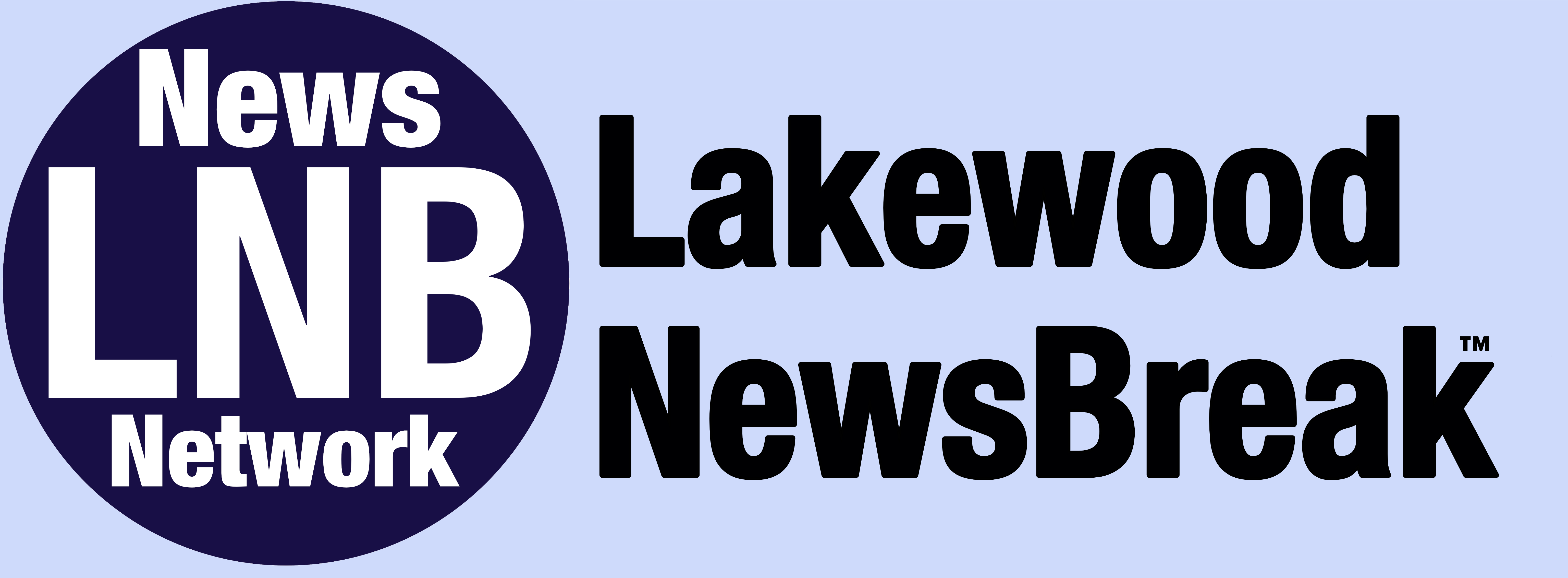Where a financial planner tells clients to keep cash they won't need for 10 years
If you know you won't need to use the money for at least 10 years, then it's time to consider investing this cash.
The offers and details on this page may have updated or changed since the time of publication. See our article on Business Insider for current information.
Affiliate links for the products on this page are from partners that compensate us and terms apply to offers listed (see our advertiser disclosure with our list of partners for more details). However, our opinions are our own. See how we rate products and services to help you make smart decisions with your money. Thomas Barwick/Getty Images
- As a financial planner, my clients often ask how much cash they should have on hand in their bank accounts.
- I recommend keeping enough to cover your expenses, plus any cash you may need in the next five years.
- For cash you'll need in 10 years (but less than 20), I tell my clients to invest it.
One of the most common questions I receive from my financial planning clients is, "How much cash do I need to keep in my bank accounts?"
The precise dollar amount will depend on everyone's individual needs, goals, and individual circumstances, but in general, the total amount of cash that you need on hand should account for three main aspects of your finances.
How much cash you need on hand right now
The first thing you need to account for is your normal month-to-month living expenses and spending. This will largely come from money flowing in each month from what you earn.
The only extra cash you need sitting around for this need might be a small buffer in your checking account to guard against accidental overdrafts.
You also need to keep cash on hand for your emergency fund. I usually recommend having three to six months' worth of expenses on hand to cover this as a starting point.
From there, you can adjust up or down based on how much financial responsibility you have, how stable your income is, and how much added comfort extra cash in your bank accounts gives you.
Finally, you need money for all your short-term goals or big purchases that require funding that you can't cover through monthly cash flow and need to save up for over the next several years. This includes anything you may want in the next year or five or six years, such as a down payment on a home or a new car.
You can save for these goals by setting aside a little money each month in a high-yield savings account. This way, you know your cash is safe from risk and earning interest while it's sitting around.
Of course, you probably want to continue enjoying things, achieving goals, and building financial security beyond just five or six years into the future, but money you won't need for 10 years shouldn't be kept in cash.
What you risk when you keep money you don't need in cash
When you start looking at time horizons of six to seven years, 10 years, or 15 years, keeping money in cash usually stops making good financial sense — inflation will likely outpace the interest you can earn on that cash, even in a high-yield account or vehicle like a CD.
A good interest rate on a high-yield savings account right now is about 4% to 5% (and you can even get more), but in the recent past, it's been more like 2% to 3%, and it's always subject to change. Inflation averages about 2 or 3% a year — and recently, it's been much higher than that.
If your money earns less than the rate of inflation, then in 10 years, it will have less purchasing power and less value than it does today. This is the risk of keeping money in cash for too long.
Where to put your mid-term money so you can keep achieving your goals without taking on too much risk
If you know you won't need to use the money for at least 10 years, then it's time to consider investing this cash so that you can earn a better return than what you could get in a savings account or CD.
You can open a non-retirement investment account (also called a brokerage account) at a custodian of your choice, such as Vanguard, Fidelity, or TD Ameritrade.
When you invest money in a brokerage account for these mid-term time horizons, you may want to consider a more conservative asset allocation than what you might pick for your retirement accounts.
If your retirement is 20 or 30 years into the future, that longer time horizon means you can be more aggressive with your portfolio and invest more in equities.
However, if you need the money in 10 years, you may want to have something more balanced — like a 60/40 portfolio, where 60% of the assets are held in stocks and 40% are in bonds. The precise allocation that's right for you will depend on your specific risk tolerance, risk capacity, required return, and time horizon.
This allows you to earn a higher return than you could get from a savings account, but it presents less risk than you would likely take with a portfolio that you could keep invested for multiple decades.
If you have money you don't need for 10 years, make sure it's working as hard for you as you worked to earn that cash in the first place.
This article was originally published in April 2020.










